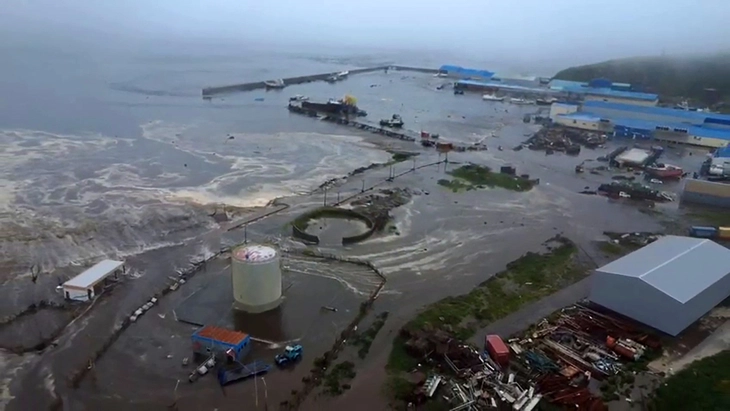
A video clip shows the town of Severo-Kurilsk on Paramushir Island, part of Russia's northern Kuril Islands, affected by the tsunami - Photo: AFP
Tsunami over 3m high hits Russian Pacific coast town
Ria Novosti news agency quoted rescue forces as saying that the tsunami that hit the town of Severo-Kurilsk, on Russia's Pacific coast, exceeded 3 meters, with the highest wave reaching 5 meters.
The town's port area and a seafood processing plant were flooded after four consecutive waves, following an 8.8-magnitude earthquake off the coast of Russia's Far East on the morning of July 30, the news agency said.
Authorities have declared a state of emergency in the affected area.
Dozens of sea lions panicked and fled the tsunami on Russia's Antsiferov Island - Photo: RT
Japan Meteorological Agency warns of prolonged tsunami risk
Masashi Kiyomoto, an official at the Japan Meteorological Agency, warned that the risk from high tsunami waves could last for at least another day, according to NHK television.
Mr Kiyomoto urged people in coastal and riverside areas to evacuate to higher ground or to safety, as “the tsunami is still ongoing”.
He stressed that the tsunami phenomenon can last for many hours, even dozens of hours after the earthquake.
People are advised to remain vigilant, especially in case the tsunami coincides with high tide, which could cause sea levels to exceed normal levels.
Thousands of birds fly away from Newport Beach, California amid tsunami warning - Video: X/@TheInsiderPaper
The first tsunami waves appeared in California
CNN reported that the state of California (USA) has begun to record the first tsunamis, with rising sea levels in Crescent City, in the northern part of the state, bordering Oregon.
According to the US National Weather Service (NWS), a wave higher than 30cm was recorded and more waves are forecast to continue to fall in the coming time.
Crescent City is part of a roughly 100-mile (160-km) stretch of northern California's coast that is currently under a tsunami watch, the highest level in the warning system.
The NWS said the area has unique seafloor topography that can “converge wave energy,” making it more vulnerable to tsunamis.
The rest of the US West Coast is currently under a tsunami advisory, a lower level of warning.
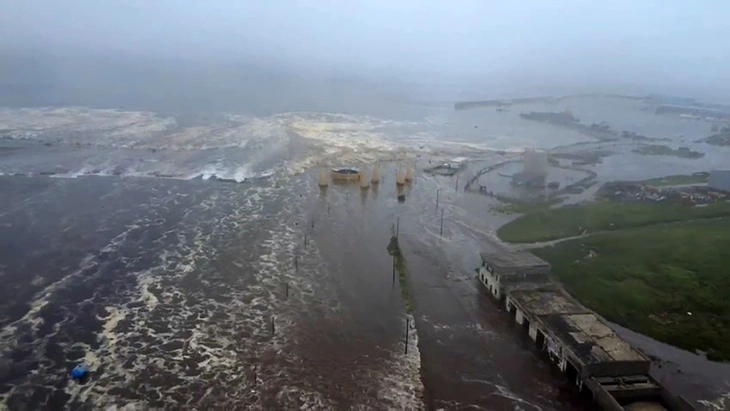
A cut from a video released by the Geophysics Department of the Russian Academy of Sciences on July 30 shows a tsunami hitting the town of Severo-Kurilsk, north of the Kuril Islands in Russia - Photo: AFP
Tsunami higher than 1.5m appeared in Maui, Hawaii
Tsunami waves began hitting Hawaii after a powerful earthquake off the coast of Russia caused sea levels in many areas to rise suddenly.
CNN reported that a tsunami wave higher than 1.5 meters was recorded in the Kahului area, located on the north coast, central Maui island (Hawaii), according to data from the US National Oceanic and Atmospheric Administration (NOAA).
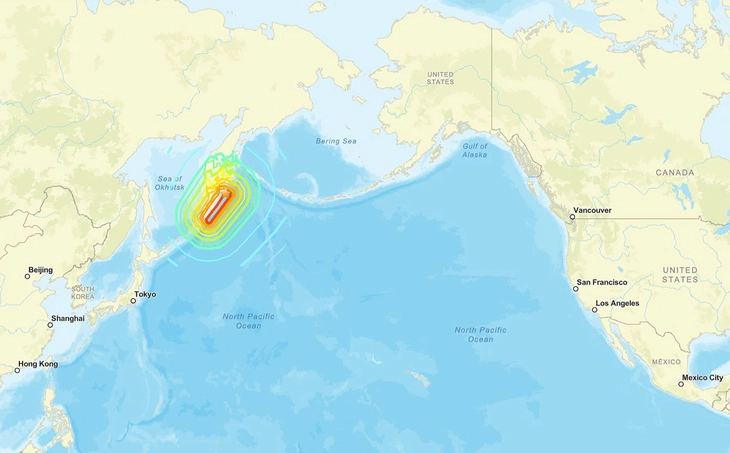
A photo provided by the US Geological Survey on July 30 shows the epicenter of the 8.7 magnitude earthquake that struck off the coast of Russia's Far East - Photo: AFP
Hawaii Governor Josh Green said that so far, officials have not detected any large waves since deploying tsunami response measures, following a magnitude 8.8 earthquake off the Kamchatka Peninsula (Russia).
Water quickly rose, flooding the streets in Hilo, Hawaii - Video: RT
The Hawaii Emergency Management Agency also announced that all commercial ports on the island have been closed.
"At this point, we haven't seen any really serious waves, which gives us some peace of mind," Mr. Green said at a press conference on the evening of July 29 (local time). He added that there have been no reports of damage, and no waves have been recorded over the Big Island.
"We need at least two to three hours before we can declare it safe. But so far, everything is fine," he said. "We don't want people to be complacent. Please be patient and wait a few more hours. When the waves subside, that will be a sign that the danger has passed."
He also called on people to limit going out and not call 911 unless it is truly urgent, reserving the line for necessary situations.
"Everything is fine right now. We haven't seen any big waves. But the strong water retreat in Haleiwa, and the number of boats stranded on rocks and dry sand, has us on alert. These things don't happen randomly," he said, referring to the water retreat on the island of Oahu - a possible sign of an impending tsunami.
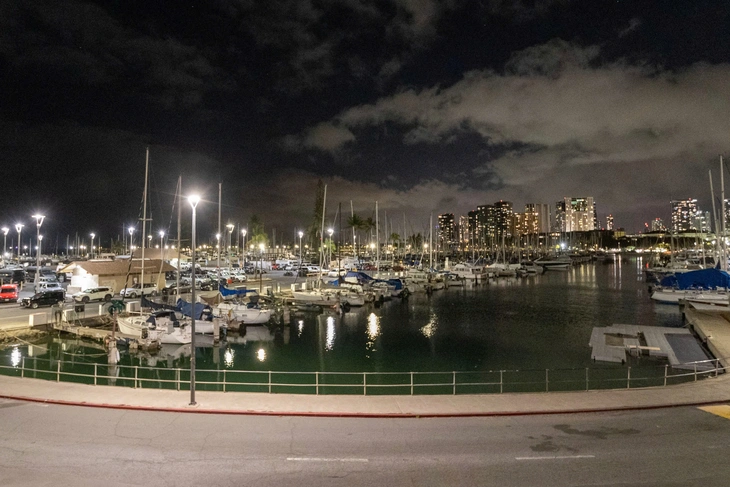
Street lights illuminate part of Ala Way Harbor in Waikiki (Hawaii) on July 29 local time, after an 8.7 magnitude earthquake triggered a tsunami warning - Photo: AFP
Tsunami detected along Alaska's Pacific coast
The US National Weather Service (NWS) in Anchorage, Alaska, said coastal stations recorded tsunami waves along the eastern Aleutian Islands and the Pacific coast of the Alaska Peninsula.
The NWS stressed that there were no new developments, and areas under tsunami warnings or advisories - from California to Alaska - remained on alert.
Japan records 1.3m high tsunami
The Japan Meteorological Agency announced that a 1.3m high tsunami hit a port in Iwate province, northern Japan, at 13:52 (local time).
A tsunami warning remains in place, with waves up to 3m high forecast to continue to affect the Pacific coast, following a magnitude 8.8 earthquake off Russia's Kamchatka peninsula.
NHK World reported that the tsunami in Japan rose up to 80cm in Nemuro Hanasaki and 70cm in Ishinomaki port.
Wave levels in many other areas across the country continued to rise, from 20cm early this morning to 50-60cm.
Japanese officials warned that tsunami waves could be as high as 3m and warned residents that the warning could remain in place for the next 24 hours.
Huge wave heading straight towards Japan's coast on July 30 - Video: RT
US meteorological agency confirms tsunami has hit Hawaii
The US National Weather Service (NWS) confirmed that a tsunami has begun to affect Hawaii, and called on people to urgently protect life and property.
"A tsunami consisting of multiple waves lasting from 5 to 15 minutes or more each has the potential to cause severe coastal flooding. The danger may last for hours due to continued wave activity," the NWS warned.
"Tsunami waves can spread around islands, putting all coastlines at risk, regardless of direction. The waves are also accompanied by strong, irregular nearshore currents and debris, increasing the destructive power. If they coincide with high tides or large waves, the danger will be even more severe," the agency stressed.
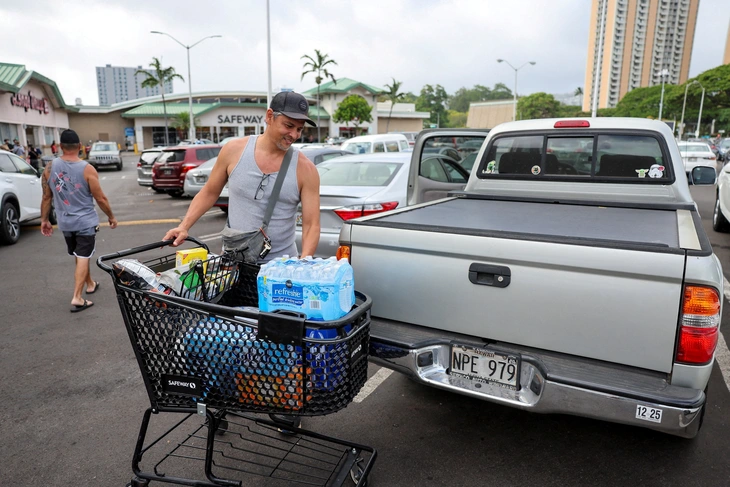
Adam Jung, a resident of Honolulu (Hawaii), loaded water and other items into his car after a tsunami warning on July 29 local time - Photo: REUTERS
According to the latest data from the US National Oceanic and Atmospheric Administration (NOAA), tsunami waves have begun to hit Hawaii , with sudden sea level rises recorded in many areas such as Kahului, Nawiliwili, Honolulu and Pearl Harbor.
The Pacific Tsunami Warning Center (PTWC) said the sea level gauge at Haleiwa, Hawaii recorded a tsunami with an amplitude of 4 feet (nearly 1.22m) above normal sea level.
According to CNN on July 30, an 8.8 magnitude earthquake occurred off the Kamchatka Peninsula in the far east of Russia, raising a tsunami warning across the Pacific Ocean.
The US Geological Survey (USGS) said the earthquake occurred on July 29, about 136 km east of the coastal city of Petropavlovsk-Kamchatsky.
Tsunami warnings or advisories were issued in several countries and territories, including Japan, Taiwan, the Philippines, Hawaii, Alaska's Aleutian Islands and much of the west coast of the United States. The Japan Meteorological Agency warned that coastal areas in the east of the country could experience waves as high as 3 meters.
In Hawaii, authorities are urgently deploying response measures after the US meteorological agency warned that some northern coasts of the archipelago could face tsunami waves up to 10 feet (about 3 meters) high.
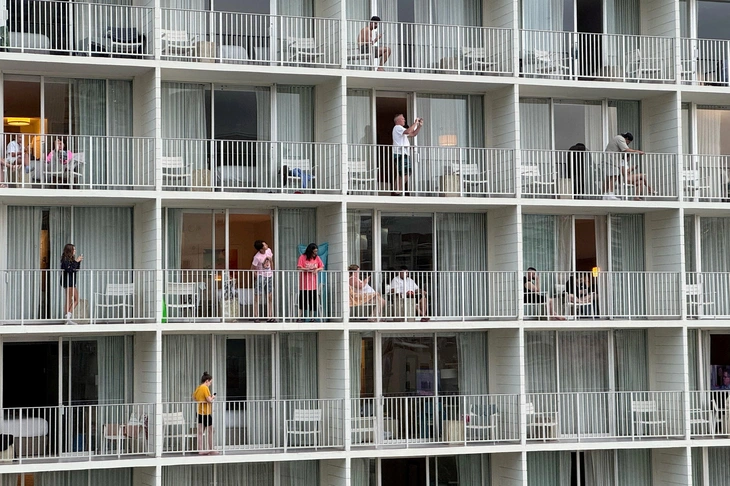
Tourists stand on the balcony of the 'Alohilani resort looking towards Waikiki beach, after authorities warned of a possible tsunami in Honolulu, Hawaii on July 29 local time - Photo: REUTERS
Source: https://tuoitre.vn/song-than-cao-hon-3m-tan-cong-thi-tran-ven-thai-binh-duong-cua-nga-20250730131744564.htm





![[Photo] Opening of the 14th Conference of the 13th Party Central Committee](https://vphoto.vietnam.vn/thumb/1200x675/vietnam/resource/IMAGE/2025/11/05/1762310995216_a5-bnd-5742-5255-jpg.webp)
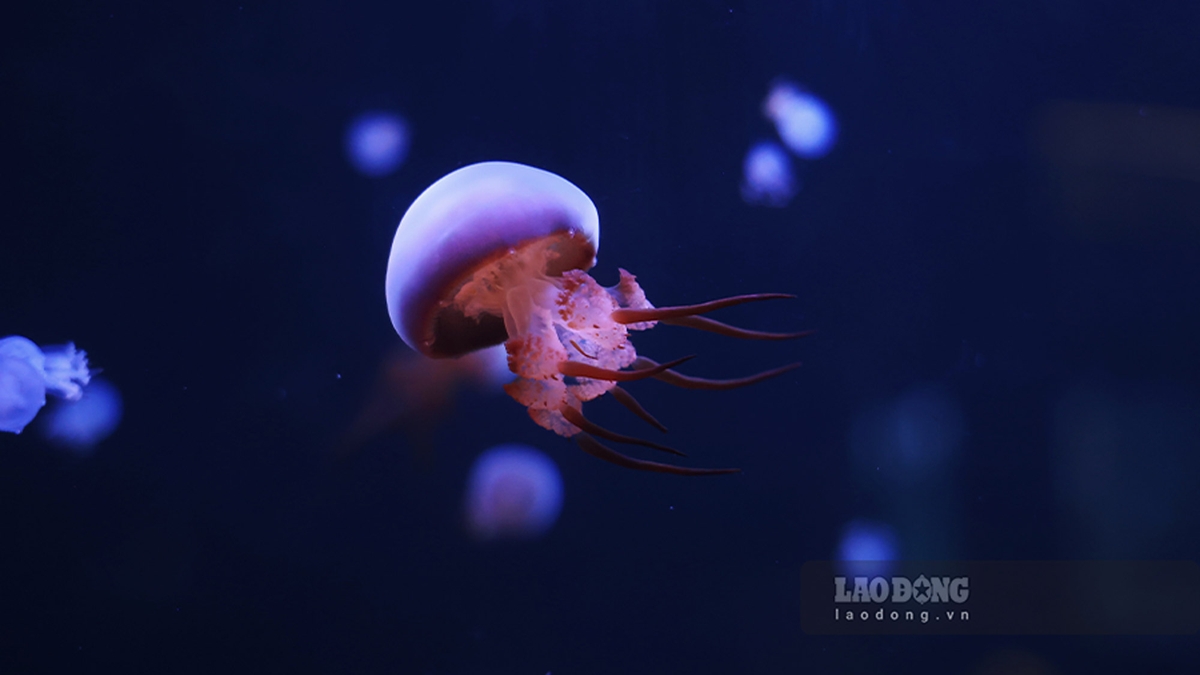

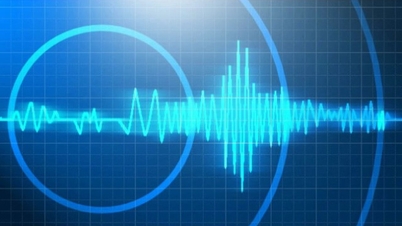

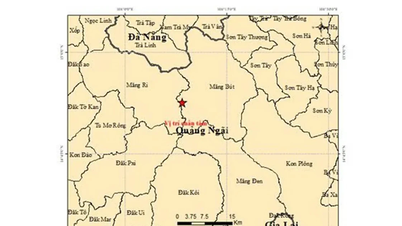

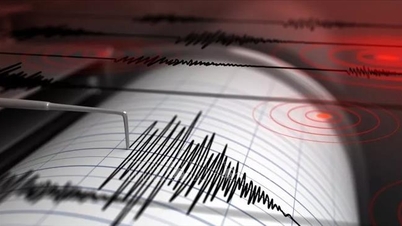


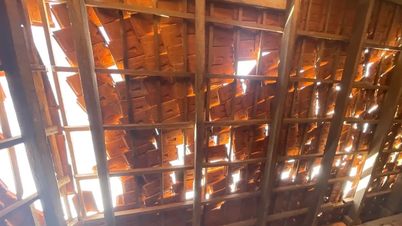







![[Video] Not Alone - Online Safety Day](https://vphoto.vietnam.vn/thumb/402x226/vietnam/resource/IMAGE/2025/11/05/1762347906381_sequence-0100-00-17-02still001-jpg.webp)
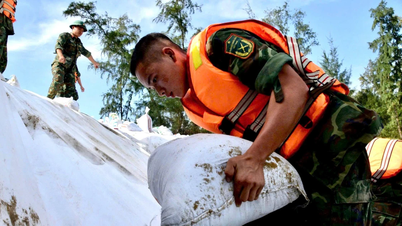

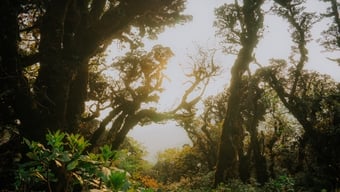

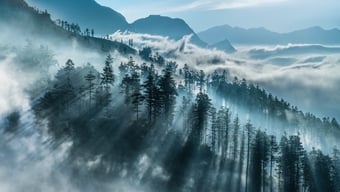
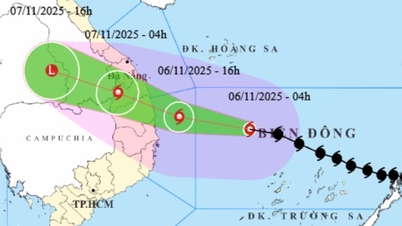





![[Photo] Panorama of the Patriotic Emulation Congress of Nhan Dan Newspaper for the period 2025-2030](https://vphoto.vietnam.vn/thumb/1200x675/vietnam/resource/IMAGE/2025/11/04/1762252775462_ndo_br_dhthiduayeuncbaond-6125-jpg.webp)








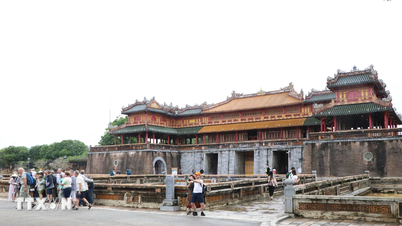








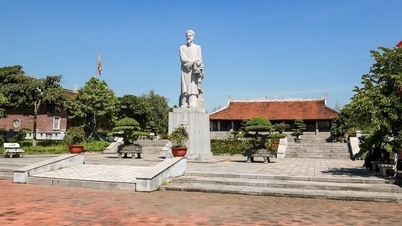






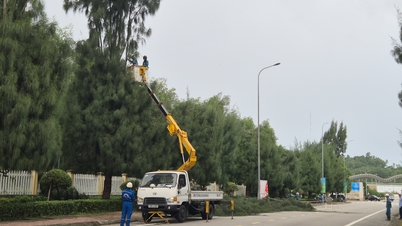



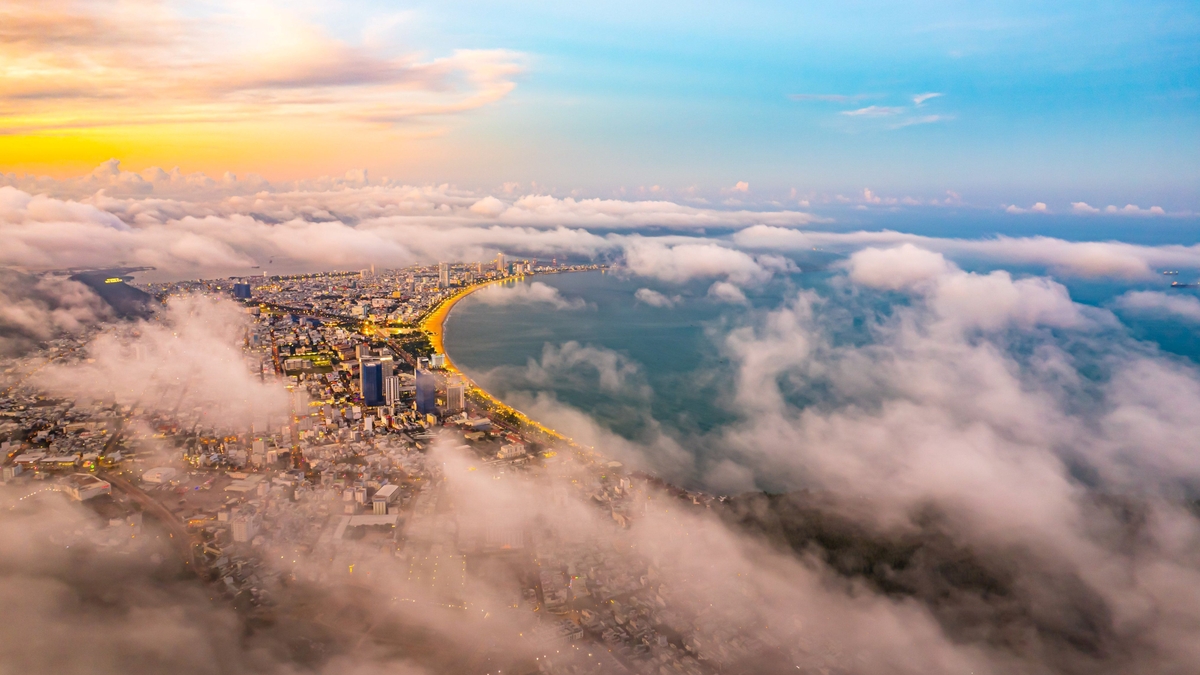
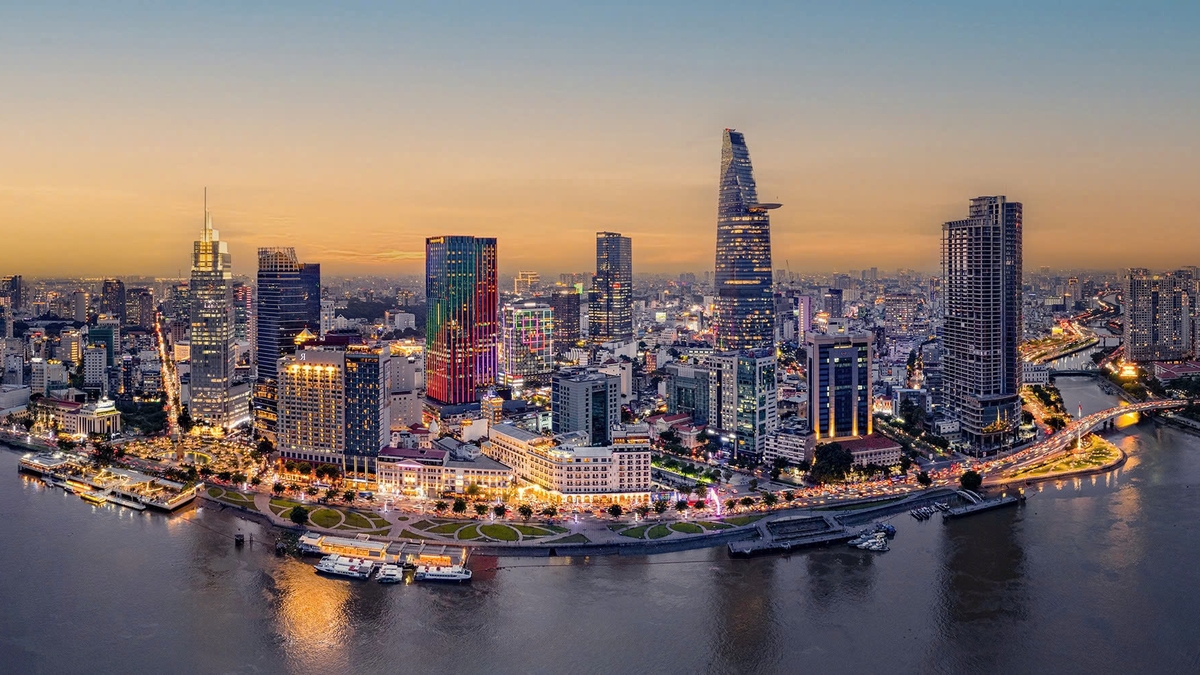
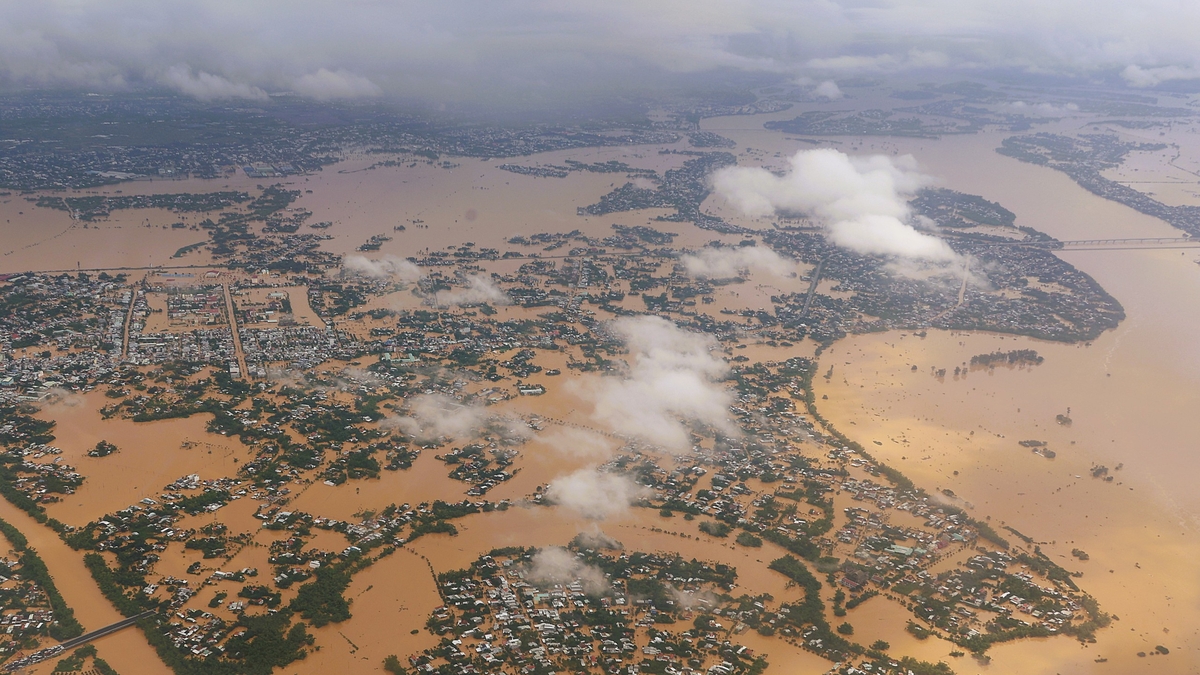
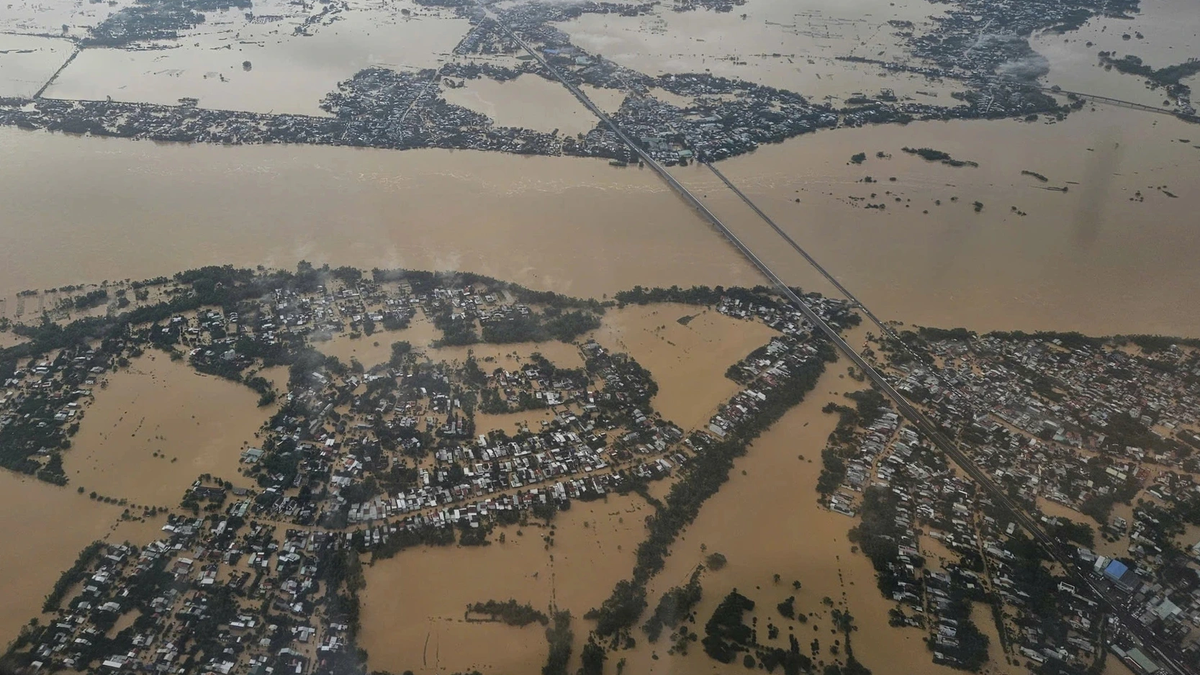

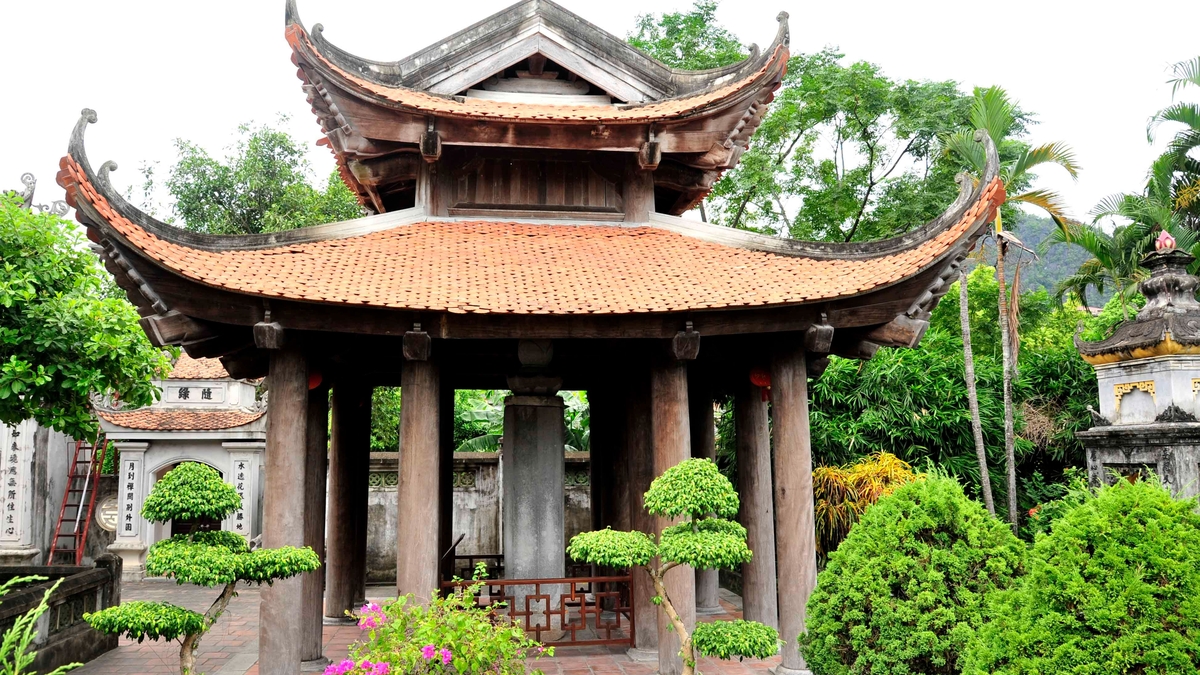





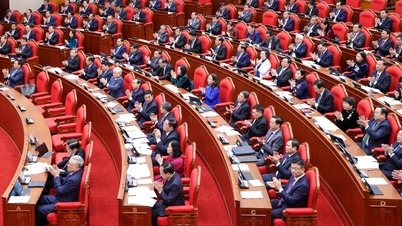













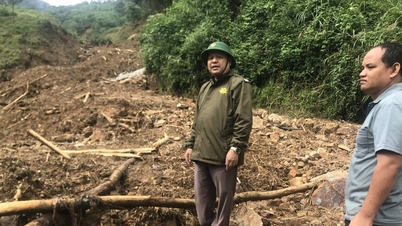
















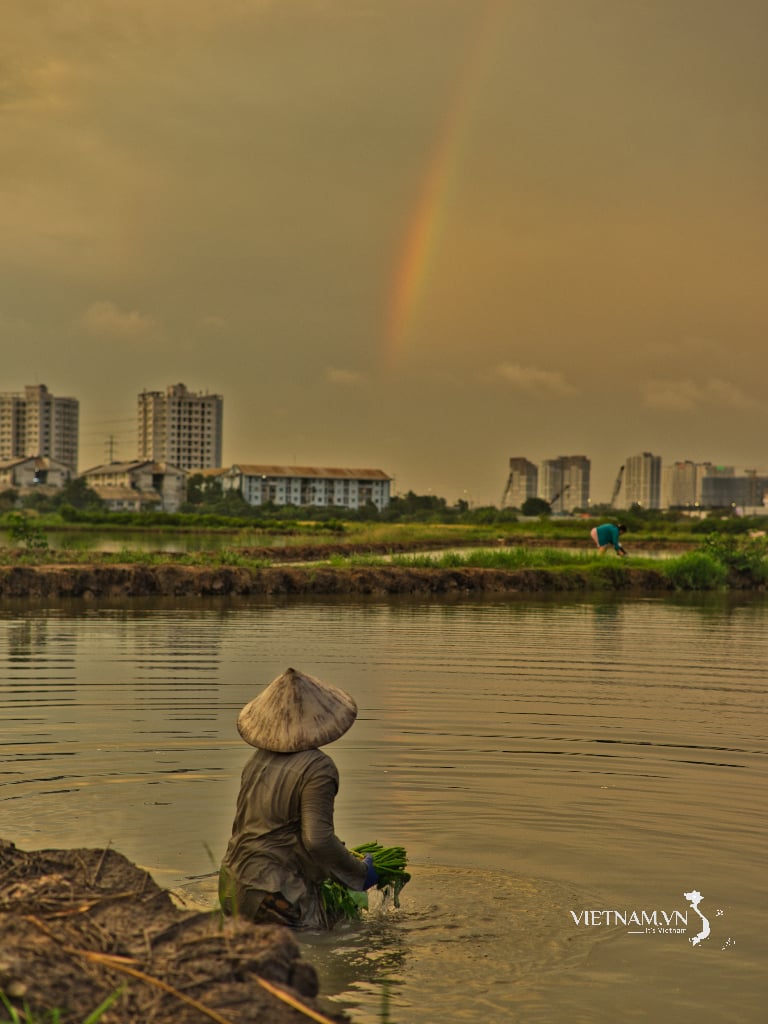
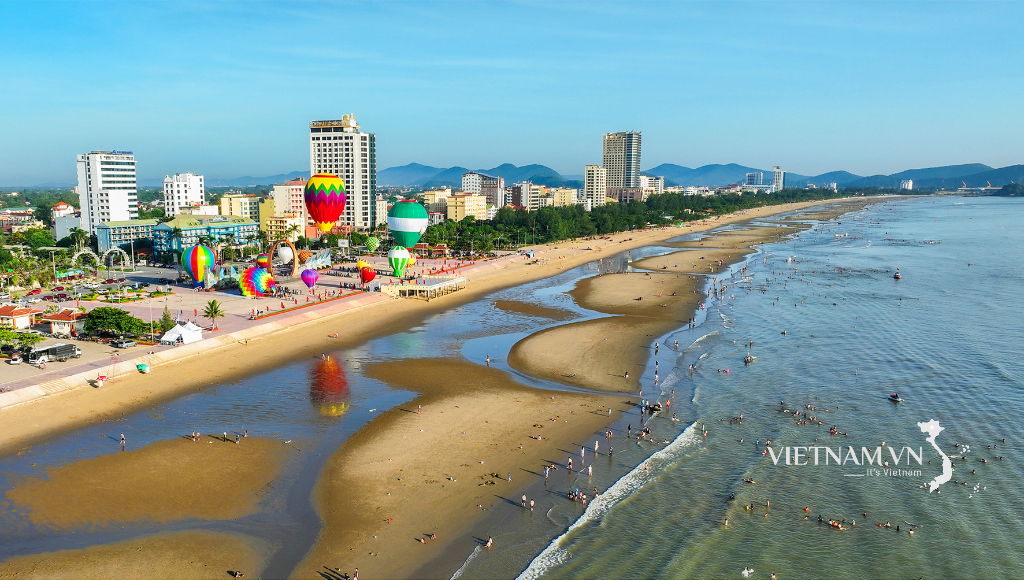


Comment (0)